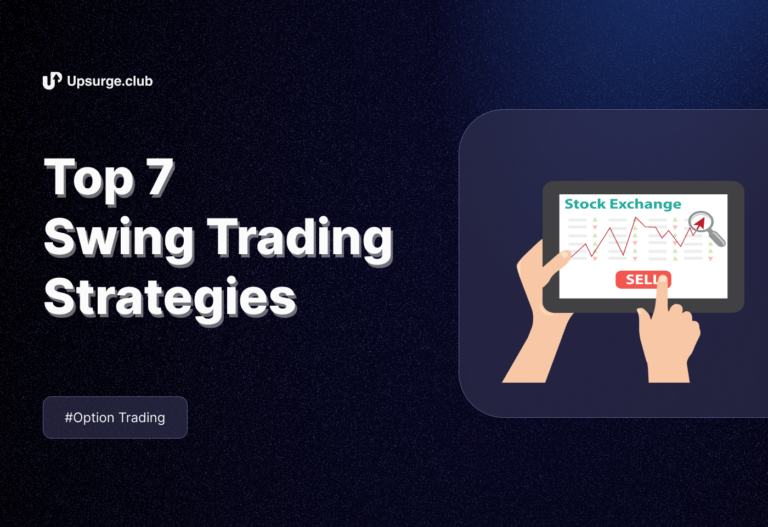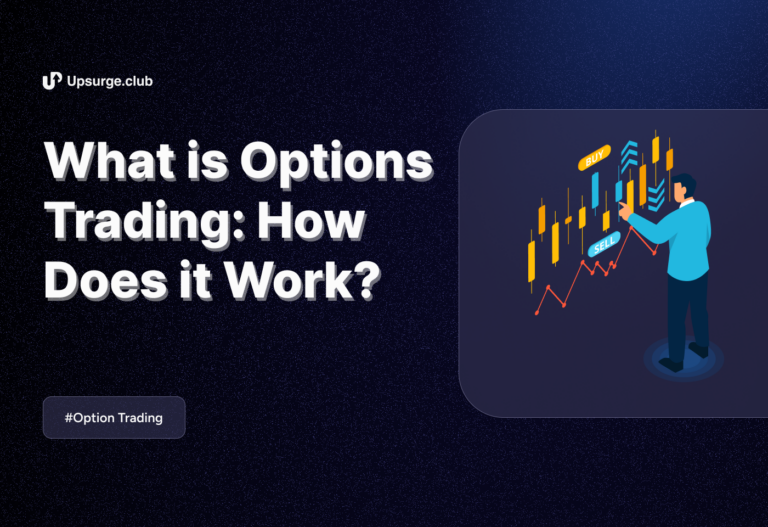Open Interest in trading is more than just a buzzword. It’s a critical metric that reveals invaluable insights into market sentiment and potential price movements. It is a powerful tool that can help you make informed decisions, navigate risks, and seize opportunities in the dynamic world of open interest trading. In this article, we will understand the ins and outs and the importance of open interest in trading and explore why this metric holds such paramount importance in your trading journey.
What is Open Interest?
Let’s define open interest. Open Interest refers to the total number of outstanding or active contracts of a particular financial instrument, such as futures or options, at any given time. It reflects the total number of open positions.
Open Interest is a crucial metric in trading as it indicates the level of market participation and liquidity, while also providing valuable insights into investor sentiment and potential price trends. It fluctuates with the number of traders entering or leaving the market. It represents the total number of contracts held by buyers or sold short by sellers on a specific day, encompassing total longs and total shorts.
When two new traders enter into a position, where one is a buyer and one is a seller, it increases open interest by one contract. However, when an existing trader transfers his position to a new trader, open interest remains unchanged, and the money within the market remains the same.
Why is Open Interest Important in Trading?
When you engage in derivative trading with open interest, understanding the concept holds significant importance in your decision-making process. Knowing why open interest matters in trading can enhance your strategies and overall trading experience.
1. Get an Idea on Liquidity and Market Efficiency
Open interest is a key indicator of market liquidity and efficiency. Higher open interest generally suggests a more liquid market, meaning there are more buyers and sellers actively participating.
This liquidity is vital for smoother and quicker trade executions, reducing the risk of facing large price discrepancies.
2. Predictive Indicator of Price Movements
Monitoring changes in open interest can help you anticipate potential price movements. Increasing open interest, accompanied by rising prices, indicates a strong market conviction and further price appreciation may be expected.
Conversely, declining open interest during a price rally could be a signal of weakening bullish momentum.
3. Identifying Trend Reversals and Continuations
Open interest can aid in identifying trend reversals and continuations.
During a strong uptrend, rising open interest can confirm the trend’s strength, while a significant drop in open interest might indicate a potential trend reversal.
In a sideways market, stable open interest could signify a lack of interest or consensus among traders.
4. Analyzing Market Participation and Sentiment
By analyzing open interest data, you can gauge market participation and sentiment. High open interest suggests widespread interest and active engagement, reflecting a bullish sentiment in the market.
On the other hand, low open interest might indicate uncertainty or a lack of confidence among traders. Open interest can act as a confirming or diverging factor when assessing technical indicators. Its validation or contradiction can offer valuable insights into the overall market sentiment.
To make well-informed trading decisions, it’s beneficial to combine open interest data with price and volume analysis.
Trade Using Open Interest
When it comes to trading in the stock market open interest, incorporating open interest strategies can be a valuable approach to enhance your decision-making process. Here are some of the best ways to trade using open interest:
1. Trend Following Strategies using Open Interest
As a trader, using open interest to follow trends involves observing rising open interest along with an uptrend. This alignment signifies strong market conviction, increasing your confidence to hold or enter positions.
Similarly, in a downtrend, rising open interest confirms the bearish sentiment, supporting your decision to go short or keep existing positions, expecting the trend to persist.
2. Contrarian Approaches Based on Open Interest Analysis
As a contrarian trader, you can use open interest analysis to spot potential market reversals. If you observe prices rising while open interest declines, it could indicate weak support for the uptrend, prompting you to consider a contrarian position.
For example, if an underlying asset’s price increases, but open interest in its options contracts decreases significantly, it may suggest a bearish outlook. As a contrarian, you might capitalize on this and take a bearish position, anticipating a price correction or reversal in the near future.
3. Risk Management Considerations with Open Interest
As a trader, consider risk management when using open interest analysis. Observe the relationship between open interest and trading volume. A surge in open interest with low trading volume might signal low genuine interest in the prevailing price direction.
Be cautious or reduce position sizes in such cases. Combine open interest with other indicators for well-informed decisions.
A disciplined and comprehensive approach, including risk management, will help you identify profitable opportunities while managing potential downsides.
Conclusion
Understanding the open interest options meaning is important in trading, particularly in options markets, and is essential for any trader seeking to make informed decisions. Analyzing open interest data can gauge market sentiment, anticipate price movements, and identify potential trend reversals.
To learn more about incorporating open interest in your option trading strategies, you can also enroll in Upsurge.club’s “Trading Futures and Options using Open Interest Data” and level up your skills. So, what are you waiting for?



